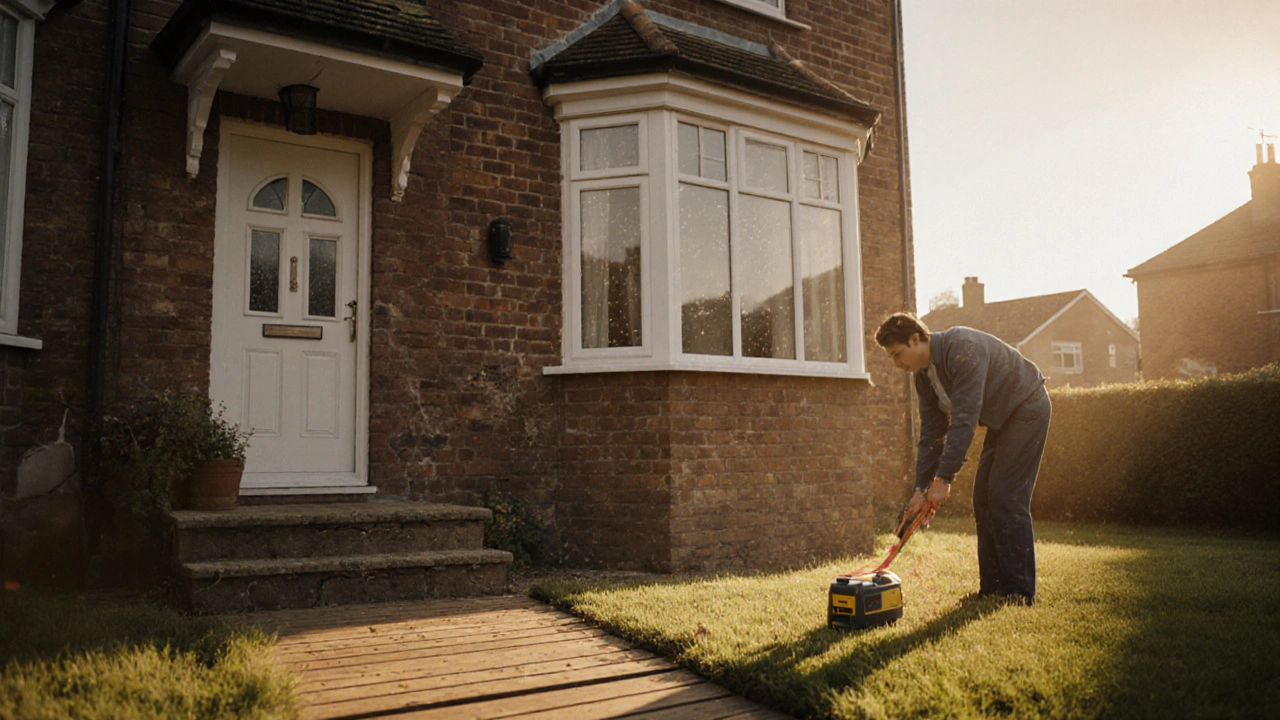Underpinning Cost: What Drives Prices and How to Plan
When you hear the term Underpinning Cost, the total expense of strengthening a building’s foundation by extending support to deeper, stable soil layers. Also known as foundation underpinning expense, it covers labor, materials, engineering reports and any necessary site preparation. Underpinning cost isn’t a flat number – it encompasses several variables that interact in real time. For example, soil conditions, the type, moisture level and load‑bearing capacity of the ground beneath a building influence the choice of underpinning method and the amount of excavation needed. A thorough structural assessment, an inspection by a qualified engineer that evaluates cracks, settlement and load paths is required to size the underpinning correctly and avoid costly re‑work. Finally, construction budgeting, the process of allocating funds for each phase of the project determines which underpinning options are financially viable and sets realistic expectations for homeowners and developers alike.
Key Factors Shaping the Underpinning Price
First up, the depth and access needed for the new footings. If the stable soil lies just a foot below the existing foundation, the excavation is quick and the material costs stay low. When the load‑bearing stratum is several feet down, contractors need longer piles, more concrete, and stronger steel, which spikes the price. Second, the type of underpinning method matters. Traditional mass concrete underpinning is labor‑intensive but cheap in material, while mini‑piled or jet‑grouting solutions cost more due to specialized equipment and higher engineering fees. Third, site logistics play a big role. Tight urban sites, limited crane access, or nearby utilities increase labor hours and may require additional health‑and‑safety measures. Fourth, local soil reports and geotechnical surveys are a must; their findings guide the engineer’s design and can add a few thousand pounds, but skipping them often leads to under‑design and future expenses. Lastly, regional market rates for labor and materials affect the bottom line – a project in London will look different from one in a quieter county due to wage scales and material transport costs.
Putting these pieces together creates a clear picture of why underpinning cost varies so much. A typical low‑end job might sit around £5,000 for a small terrace house with easy access and favorable ground, while a complex multi‑storey block on challenging soil can exceed £30,000. The key is to match the method to the conditions, get a solid structural assessment early, and fit the work into a realistic construction budget. By knowing which factor is driving the price in your case – depth, method, site constraints or regional rates – you can negotiate better, plan cash flow, and avoid surprise invoices. Many homeowners find that investing in a detailed ground‑condition report saves money later, because it narrows down the most cost‑effective underpinning technique from the start.
Below you’ll find a curated collection of articles that dig deeper into each of these topics. Whether you need to understand the nuances of soil testing, compare underpinning methods, or learn how to budget for a full foundation repair, the posts ahead break down the technical jargon into practical advice you can act on right away. Ready to see the specifics? Scroll down and explore the detailed guides that will help you manage your underpinning project with confidence.

